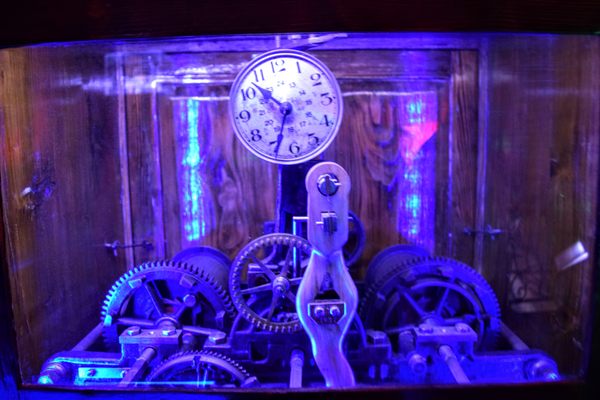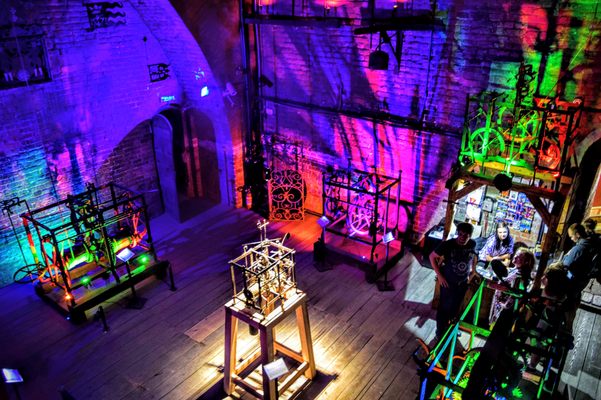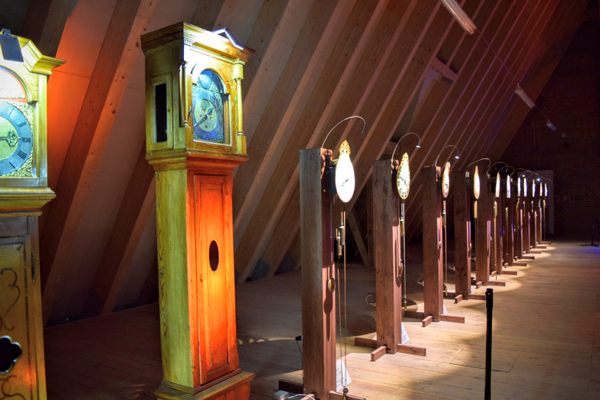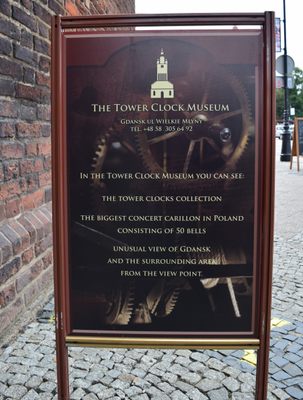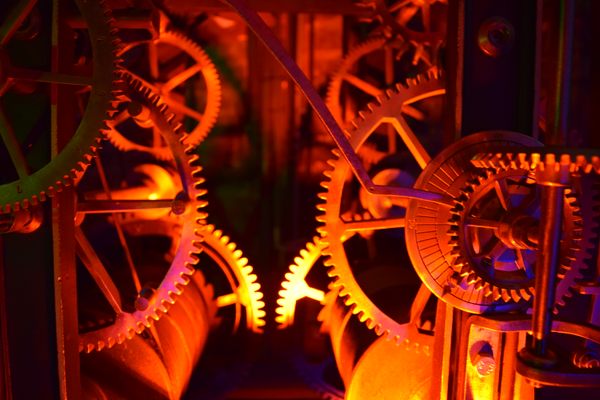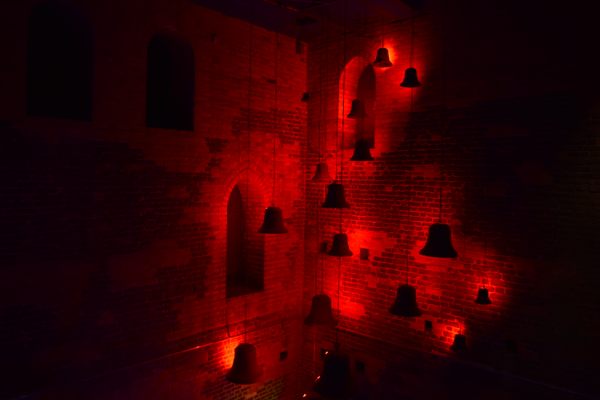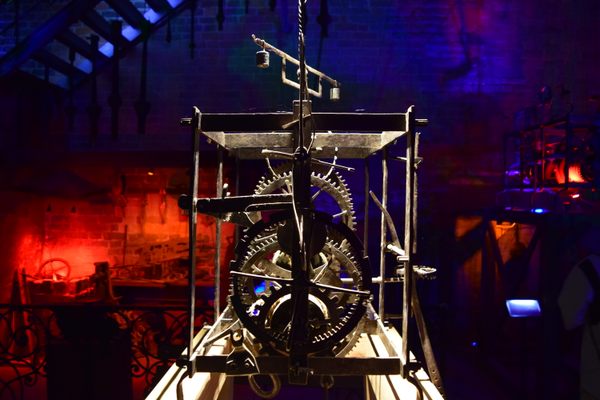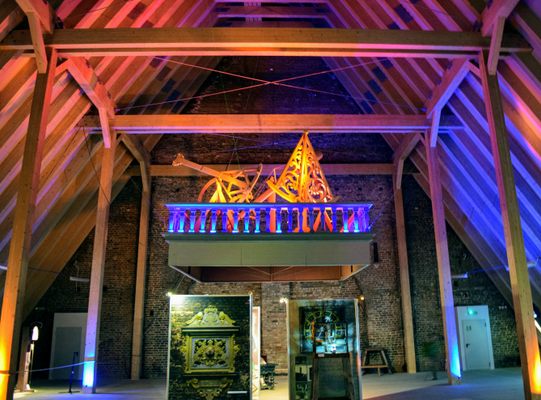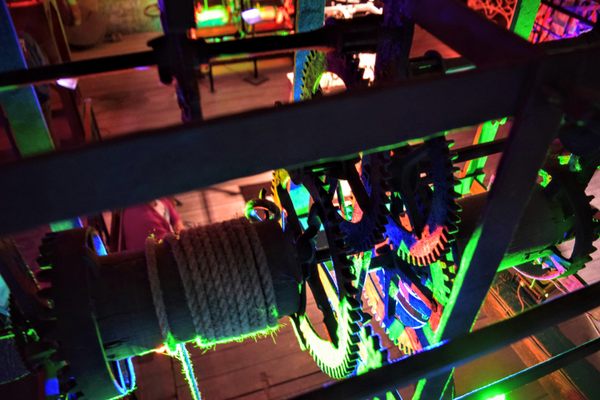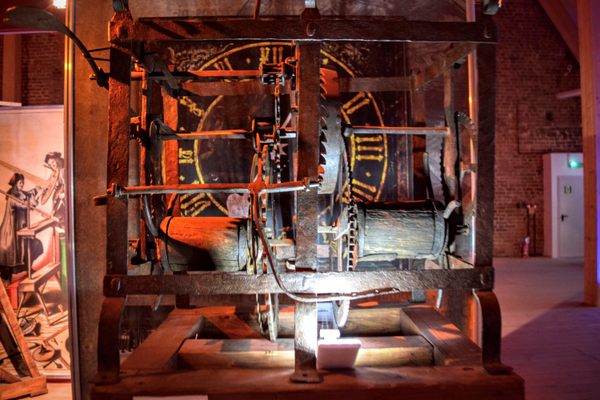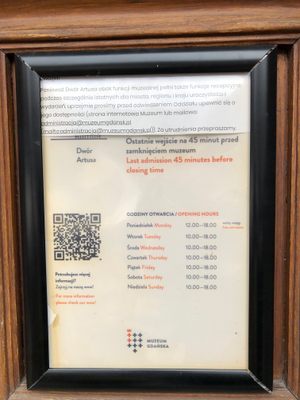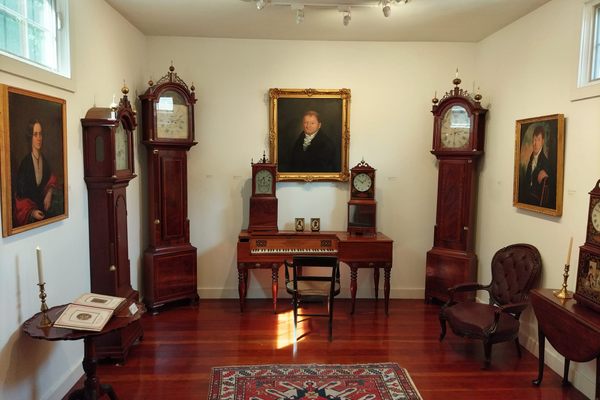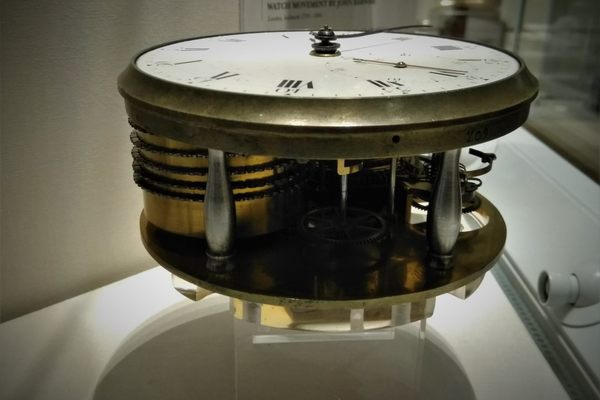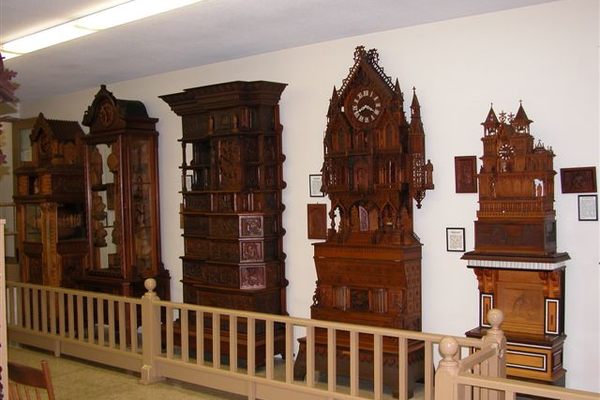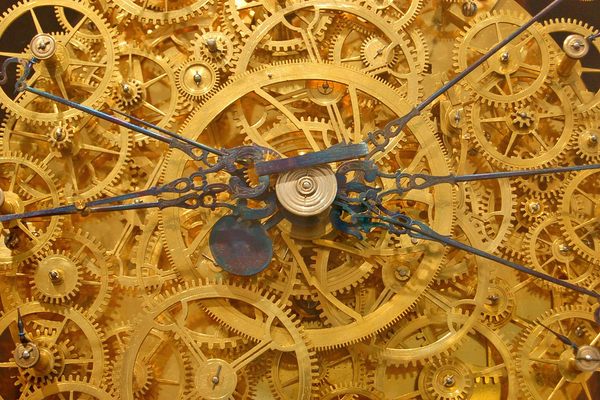About
One of the world's oldest sciences is on full display in the rafters and rooftops above Saint Catherine's Church, the oldest church in Gdańsk, Poland. Horology, the science of measuring time, has a place in this ancient city thanks to one of its leading beer brewers, politicians, academics, and inventors: Jan Hevelius (1611-1687).
While Hevelius was a town councilor of the important maritime city, his primary interest was in astronomy and horology. Of his many academic contributions to the sciences, he is known as the founder of lunar topography, observing sunspots before telescopes, and discovering that comets revolve around the sun in parabolic paths.
He also created his own instruments for measurements, including highly accurate time keeping devices and mechanisms. Many of these were destroyed in a devastating fire on September 26, 1679, but several originals and a few reproductions survive.
Some of these live at Saint Catherine's church, which is now home to the only museum of its kind: The Tower Clock Museum. In addition to Hevelius's instruments, the museum also houses some of the oldest, and unique time keeping devices ever created: those of the tower clock.
For centuries, most clocks were installed and built on the towers and churches of town halls, government buildings, and fortifications. These clocks were massive analog machines that were usually one-of-a-kind creations and difficult to fix if broken.
Factor in the destruction of war, the all-too-common fire in these large buildings, as well as technology upgrades, it is rare for these expensive machines to exist into today.
The Tower Clock Museum houses some of the oldest and rarest artifacts of this time-keeping genre with clocks dating back to the 1300s. These clocks include ingenious examples of time keeping including cross-bar balance components that predate the pendulum, intricate iron caste work, and clocks that run on steam and early electricity.
There is also a collection of turn-of-the-century alarm clocks as well as regional hand painted Kaszubian wall clocks, some several centuries old. All are stored in the bell tower of Saint Catherine's Church which is creatively lighted in psychedelic neon and surrealist style.
Most recently, in 2011, to celebrate the 400th anniversary of Hevelius's birth, the world's first and only pulsar clock was installed. This unique clock uses the impulses of pulsars, or neutron stars, as a basis for keeping time. Something that Jan would surely be happy to see in his home town.
Related Tags
Know Before You Go
The museum operates seasonally, from May 1 until September 30. Open 10:00 - 18:00 and located fittingly 66 spiral stairs up into the tower of Saint Catherine's church. Tickets are 10zl and located at the top of the staircase. Carillon concerts happen twice a week at the top of the museum, so time your visit with those and enjoy a nice 360 panoramic view of old town.
Published
March 30, 2021
